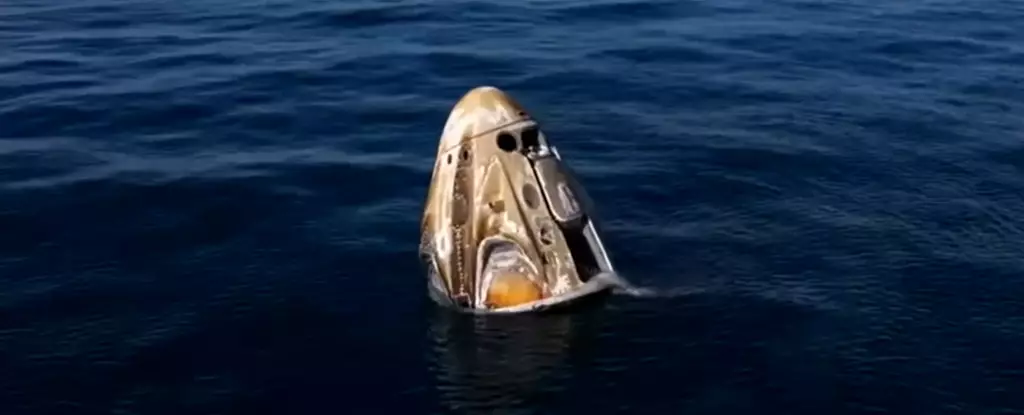What was supposed to be an eight-day jaunt aboard the International Space Station (ISS) transformed into a remarkable saga extending nearly nine months. The journey of astronauts Butch Wilmore and Suni Williams, alongside NASA’s Nick Hague and Russian cosmonaut Aleksandr Gorbunov, exemplifies not just the unpredictability of space travel but also the resilience and adaptability of humanity. Launched on June 5, 2024, aboard Boeing’s Starliner spaceship for what was touted as a historic Crew Flight Test, the crew faced an unexpected turn of events when they encountered a critical glitch in the ship’s engines during their approach to the ISS.
A Setback for Boeing: Challenges Under Pressure
The malfunction was a huge blow to Boeing’s ambitions in the commercial space sector, catalyzing scrutiny and a stricter review of the Starliner’s systems. While NASA stopped short of labeling the astronauts as “stranded,” the perception of isolation loomed large for Wilmore and Williams as they adjusted to an extensional mission. The technological hiccup that delayed their return forced not only the teams on Earth to reassess protocols but also compelled Wilmore and Williams to demonstrate remarkable fortitude. In the face of unexpected adversity, their commitment to science remained unyielded; they conducted over 150 unique scientific experiments, underscoring a collective spirit in the unknown vastness of space while also performing vital spacewalks.
Life Aboard the ISS: Embracing the Experience
Even amidst their prolonged stay, both astronauts expressed a deep appreciation for life aboard the ISS. Flying through the cosmos offers a unique perspective, an opportunity to glimpse the planet’s beauty from an unfiltered vantage point. They remained engrossed in their routines, making the most of an extraordinary situation. Their experience underscores the ethos of exploration and perseverance. How often do we find ourselves waiting for the circumstances to align perfectly, only to realize that the journey itself has treasures aplenty to discover?
The Path Back to Earth: A Technological Marvel
Finally, after embodying resilience for months, Wilmore, Williams, Hague, and Gorbunov began their return on Tuesday morning, climbing into a SpaceX Crew Dragon capsule. The 17-hour voyage back was a feat in itself, meticulously calculated and executed. Starting with a strategic engine firing that corrected their trajectory, the capsule nestled towards Florida’s Gulf Coast, illustrating not only the marvels of technological advancement but the seamless collaboration between competing companies in the space arena—a testament to human ingenuity and cooperative spirit.
A Historic Splashdown
At 5:57 PM ET, the capsule made its triumphant touchdown, marking an end to a mission steeped in unpredictability yet filled with achievement. History has a funny way of making heroes out of ordinary individuals, and the story of these astronauts will inspire generations to reach for the stars. Their experience teaches us that resilience in the face of uncertainty can lead to unprecedented discoveries and advancements. As they reunite with loved ones and share their tales, their work, dedication, and tenacity will echo through the annals of space exploration, instilling hope and passion in future explorers.


Leave a Reply